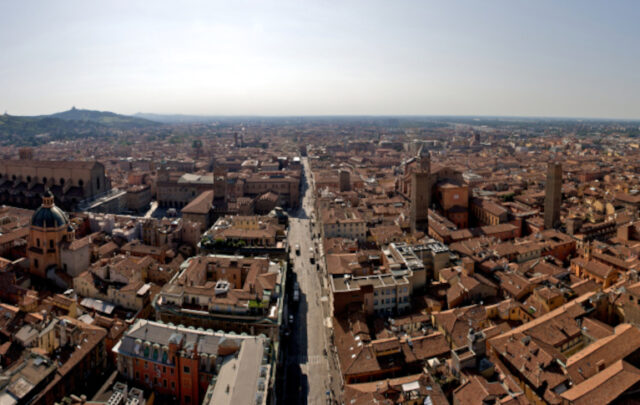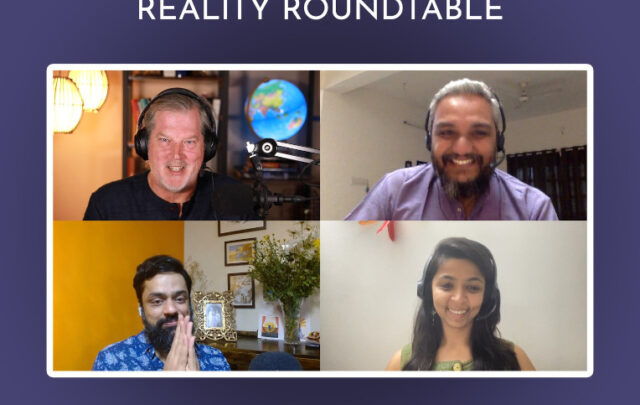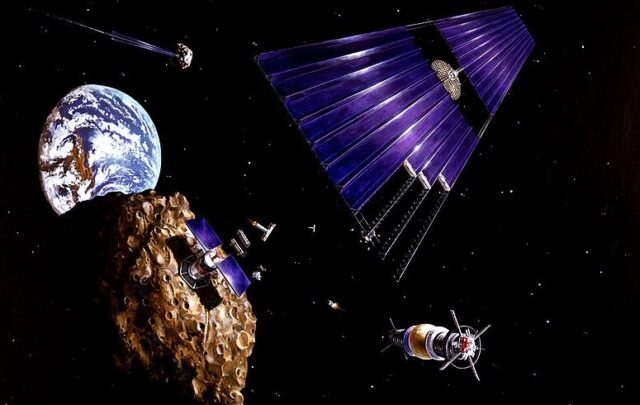
I’ve learned first hand about what activism burn out feels like. Last year I walked away from my long-time work in the Transition Movement, handing over the reigns to projects I started or created, and re-focused my energy on home and self-care. I don’t think Transition work is all that very different than in other realms of activism, but burn-out seems to be the focus of a lot of discussions (here’s one) in the Transition world right now. People are burning out from this work. It is exhausting to try to change the world by re-localizing and re-skilling your local community. It has also been personally challenging for me, an introvert, to go to endless meetings and help develop leadership in others, to start community initiatives and then step aside so that the vacuum of leadership will encourage others to step in. All the things that Transition excels at doing takes enormous amounts of focused energy on the part of many people. And last year, I had to cry uncle.
Stepping away from Transition work left a hole in my life. I had been working for many years at fleshing out my activism into all areas of my life, seeking coherence and balance in my work through “the four levels.” That is, until burn-out left me exhausted, failing at seemingly simple tasks, joyless at things that used to give me pleasure, and grumpy at everyone. It sounds like depression, but it was simply burnout and at some point I knew it. The biggest problem of stepping back, however, was that I wrapped my identity up in my activism at each level, and giving anything up meant disassembling part of how I viewed myself.
Let’s unpack that a bit. What are “the four levels” of activism?
People seek to “change the world” through activism on four different levels, no matter what the activism’s focus: the personal, the family, the community, and the world-tribe. What I have noticed about activism is that like so much else in life, what level you are focusing on at the moment changes throughout life; it ebbs and flows in phases, and brings richness and bounty to all of the other work we are doing in the world. But often people are working on all levels at the same time, and while this helps life feel coherent and joyful, it can create burnout and stress.
New Story activism is no different from other types of activism in this respect. We know that the personal and small acts have power; we know equally that a world tribe, a new cultural story is growing and we want to be part of that as well. Part of the “new story” is re-localizing (in all its many facets) and the commons, so this work too is important. And we also are aware that relationship work (partnerships, marriage, sex) and what defines family is undergoing a fundamental shift. Then there are the children, if we have them. How do we prepare and include them in the new story? How do you prepare yourself? Yoga? Therapy? Reskilling? Planting a garden? Homesteading?
Can you pick out any one part of this cultural realignment that isn’t important. How can you? They are all important! But doing this work on all the levels all the time is a very difficult task indeed.
Let’s take a deeper look a what activism on “the four levels” looks like? I will focus on “new story” activism, but I think the levels apply to any sort of activism one might do.
Level One
Sometimes we feel called inward to work on our personal “stuff” — work that requires most of our energy and time. It demands that we sit on the cushion or work with a therapist, see a life-coach, or work on our physical strength to attain goals like a marathon, climbing a mountain, or competing in an Ironman competition. We write our novel or children’s book. We focus inward and work on our demons and joys. By the age of 50 or so, this bell rings loudly for many activists and can’t be ignored. And this, all of it, is a type of activism. As I grow older, I find that this work becomes more insistent for my attention. I have placed self-care and internal work on a back burner for much of my life, but I no longer feel the leisure of time and so must now more fully attend to it.
Level Two
Another type of New Story activism is focused on the level of home, children, partner, extended family and friends. This level is often about outsourcing less and simplifying (Radical Homemakers style). This type of activism can take the form of a permaculture project or green renovation for your home. It can be nursing an aging relative or a friend with cancer. It can be educating your children at home or nurturing an infant. It can be focused on home birth and attachment parenting, or growing and storing your own food, or building a root cellar and stocking it. Activism at this level can be about voluntary simplicity on almost any front, including re-skilling just about everything that needs to be done that has been outsourced to our consumer culture: medicine, food, energy, water, education, entertainment, making clothes, and wildcrafting. There is a LOT of work to be done at this level, although this type of activism is often undervalued because it has traditionally been in the hands (for the most part) of women. Often activists assume that this level of work will be done by others or outsourced to the State: the state will educate their children, they will buy food in grocery stores, go to big pharma for medicine. They will flush drinking water down the toilet because water, like oil, feels like it is in endless supply. If there was an emergency tomorrow and the stores ran out of food, they would starve because they haven’t considered this level of work important enough to merit their focus. But it is the essentials of life…it was the entirety of life for most people before industrialization. But now — in this age of Amazon, Whole Foods, and McMansions — it is an afterthought to most — at their peril.
Level Three
The third level of activism is community work; anything that strengthens the ties of community. And this is where my work with the Transition Town movement fell, but this could be working in soup kitchens on the weekend, church volunteerism, advocacy for public art, or running for city council… anything that deepens the discourse in communities around making their collective lives better and stronger by working together. This activism is knowing and working with people directly in your community, the people you see every day when you walk down the street in town or wave to as you pass by their home in your car. It also includes work done to increase or preserve your local commons: public lands, public banking, water sources, green spaces, open space, land trusts, community farms, etc. This is the work of networking with and learning from others. And it is tough, demanding, thrilling, fulfilling, maddening, beautiful work. And it is critical if we are to survive the crises that sit at the edge our collective understanding of the world: economics, environmental, and resource depletion. Like dark clouds on the horizon, we know the storm is coming.
Level Four
The fourth and final level encompasses large scale activism that collects and energizes the “soul family,” the “world tribe,” or the “blessed unrest.” The cracks in our collective paradigm are growing wider, and more and more people are coming to understand that we are in a time of deep transition from one story to another. Cultivating that new story, seeding it with a deep respect for our planet and its inhabitants, is a pressing and foundational aspiration for activism. And it is critical, not only to ourselves, but for the children of my children — the 7th Generation. I feel my friend Drew Dellinger’s words from his poem Hieroglyphic Stairway ringing in my ear on a daily basis:
it’s 3:23 in the morning
and I’m awake
because my great great grandchildren
won’t let me sleep
my great great grandchildren
ask me in dreams
what did you do while the planet was plundered?
what did you do when the earth was unraveling?
surely you did something
when the seasons started failing?
as the mammals, reptiles, birds were all dying?
did you fill the streets with protest
when democracy was stolen?
what did you do
once
you
knew?
In my work as an activist I have found this; you can work on one level very effectively, two if you are a person of sound health and lots of energy. If you are working on three of these levels, none of them will be at the depth you are likely seeking, and it will lead to frustration, overwork, mistakes, and more stress than is reasonable to carry for any length of time. If you are working at all four levels, you are on the fast-track to burnout. Implosion might be a better word.
But what do you give up? Look at the descriptions above again. What should you leave behind? Where do the cuts come from? As I’m writing this post, I can’t find one place, not one, where I want to cut corners and limit my work in the world. They are all critical, all deserving. All of them call me.
Last year, when I was still doing all of my activism, I was working on four levels much of the time. I’ve now pulled back to two (well, two and half.) I’ve had to do a ton of soul-searching about this, disentangling my self-identification with various levels of activism. Right at the time I was struggling with this burnout, Charles Eisenstein wrote a book about activism and action, about the non-dual way of looking at our work in the world. This book helped me begin to let go of my need for “big acts” and “visible projects” (one of ten tenets of the Transition model) and “control of outcomes.” While this book doesn’t break down activism into the levels I’m discussing here, it does insist on the trust we must place on allowing the movement to come to us, to bring our energy to small acts of deep, personal importance, and allow that even if logic tells us that we are not enough — not giving enough, not being enough; not trying enough — that it IS enough. It begs us to let go of “shoulds,” self-force, and control and step fully into the New Story we are trying to bring about. So I did. And will.
I have also come to realize that these levels are not things we have to work on, every day, for our whole lives. The levels gain importance in stages of life, and beckon us differently depending on where we are. Like the “meta-goals” that I wrote up about our unschooling years…goals for an entire educational journey of the course of my children’s time at home… the four levels of activism can be seen as “meta-goals” of a lifetime spent trying to create the world anew through work and activism. Things will always be left undone and unsaid, but seeing our activism as one of life-stages and phases, rather than as an endless pursuit of “things to be done” right now might add some breathing space to our work in the world. And in that space, we might hear what can be done, right now, to create beauty and joy for those here and those to come.





